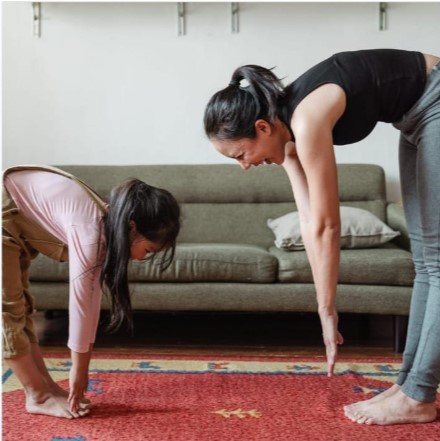In 1998, Snook, et. al., conducted 18-month randomized controlled trial with partial crossover which is aimed to investigate the hypothesis that the management of lumbar flexion in the early morning could significantly diminish chronic, nonspecific low back pain.
Previous research has suggested an elevated risk of low back pain associated with forward bending during the early morning, primarily attributed to increased fluid content in the intervertebral discs at that time.
Following a 6-month baseline data collection period, 85 individuals experiencing persistent or recurring low back pain were randomly assigned to either treatment or control groups. The treatment group received guidance on controlling early morning lumbar flexion, while the control group underwent a sham treatment involving six exercises previously demonstrated to be ineffective in reducing low back pain. After six months, the control group received the experimental treatment. Diaries were utilized to record daily levels of pain intensity, disability, impairment, and medication usage.
The treatment group exhibited significant reductions in pain intensity (P < 0.01), with a point estimate of 33% (95% confidence interval, 11-55%). Conversely, the control group did not show significant reductions initially. However, upon receiving the experimental treatment, the control group demonstrated comparable reductions (P < 0.05). Moreover, significant decreases were observed in total days in pain, disability, impairment, and medication usage.
The control of lumbar flexion in the early morning emerged as a promising self-care strategy with the potential to mitigate pain and alleviate the associated costs linked to chronic, nonspecific low back pain. This study provides valuable insights into an innovative approach for managing this prevalent health issue.
Reference: Snook, S. H., Webster, B. S., McGorry, R. W., Fogleman, M. T., & McCann, K. B. (1998). The reduction of chronic nonspecific low back pain through the control of early morning lumbar flexion: a randomized controlled trial. Spine, 23(23), 2601-2607.
